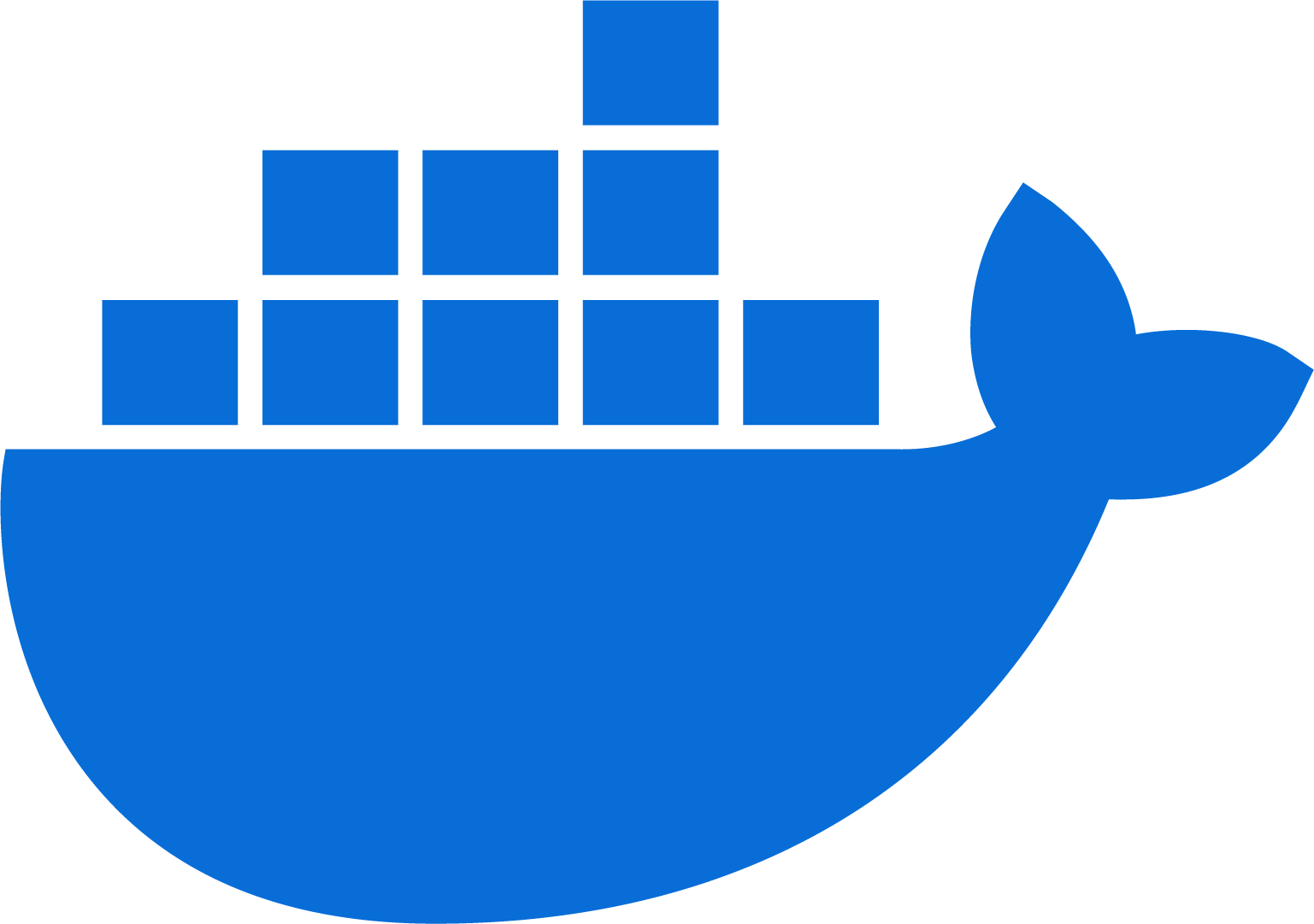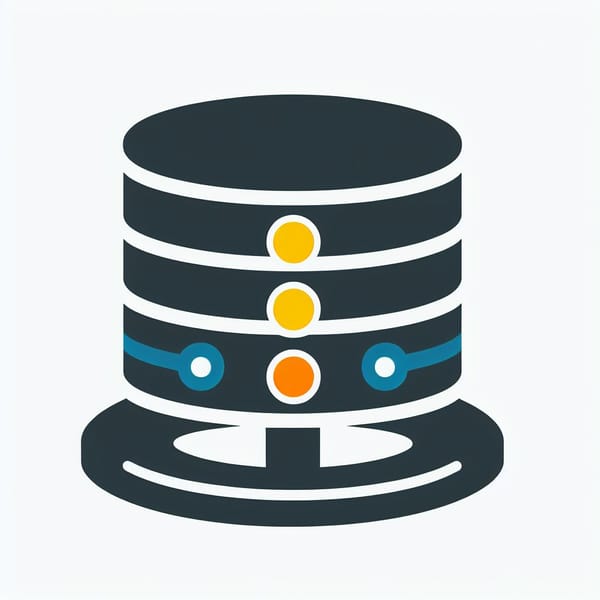Why are containers so popular, anyway?

Containers are a technology that allows developers to package and run applications in isolated environments, without the need for installing any dependencies or libraries on the host system. Containers are lightweight, portable, and scalable, making them ideal for deploying software across different platforms and devices.
There are a few popular containerization platforms, such as Docker and Podman.

Why are containers so popular?
Containers have become increasingly popular in recent years, especially among cloud-based and microservice-oriented architectures. Some of the reasons why containers are so popular are:
- Efficiency: Containers use less resources than traditional virtual machines (VMs), as they share the same operating system kernel and do not need to boot up an entire OS for each application. This reduces the overhead and improves the performance of the applications.
- Consistency: Containers ensure that the applications run the same way in any environment, regardless of the underlying hardware or software configuration. This eliminates the common problem of “it works on my machine, but not on yours”, and simplifies the development, testing, and deployment processes.
- Security: Containers isolate the applications from each other and from the host system, preventing any interference or malicious attacks. Containers also allow for fine-grained control over the access and permissions of the applications, enhancing the security and compliance of the software.
- Flexibility: Containers enable developers to use any programming language, framework, or tool of their choice, without worrying about compatibility issues or dependencies. Containers also support modular and decoupled design, allowing developers to break down complex applications into smaller and independent components that can be updated and scaled independently.
What problems do containers solve?
Containers solve many of the common problems that developers face in the software development lifecycle, such as:
- Dependency management: Containers eliminate the hassle of installing and managing the dependencies and libraries required by the applications, as they are bundled within the container image. This simplifies the installation and configuration of the software, and avoids any conflicts or errors due to mismatched or outdated versions of the dependencies.
- Environment configuration: Containers standardize the environment configuration of the applications, ensuring that they run the same way in any environment, whether it is a local machine, a testing server, or a production cluster. This reduces the risk of bugs and errors due to inconsistent or incompatible environments, and streamlines the development, testing, and deployment workflows.
- Portability and compatibility: Containers enable developers to easily move and run the applications across different platforms and devices, without any modification or adaptation. This increases the compatibility and interoperability of the software, and allows for faster and easier delivery and distribution of the software.
- Scalability and availability: Containers facilitate the scalability and availability of the applications, as they can be easily replicated, distributed, and orchestrated across multiple nodes and clusters. This improves the load balancing and fault tolerance of the software, and allows for dynamic and elastic scaling of the resources according to the demand and traffic.
Local development
Another example of how containers help is by making local development easier and more convenient. Containers allow developers to create and run their applications locally, using the same environment and configuration as the production system.
This means that developers do not need to install and manage any dependencies or libraries on their own machines, and can avoid any compatibility or inconsistency issues. Containers also enable developers to easily switch between different versions and environments of their applications, and to collaborate and share their work with other developers. Containers make local development faster, simpler, and more reliable.

Use cases and examples
Containers can be used for a variety of purposes and scenarios, depending on the needs and goals of the developers and the users. Some of the common use cases and examples of containers are:
- Development and testing: Containers can be used to create and run applications locally, using the same environment and configuration as the production system. This allows developers to test and debug their applications more easily and reliably, and to avoid any compatibility or inconsistency issues. Containers can also be used to automate the testing and deployment processes, by integrating with tools and platforms such as Jenkins, Travis CI, and Azure DevOps.
- Deployment and distribution: Containers can be used to deploy and distribute applications across different platforms and devices, without any modification or adaptation. This allows developers to deliver and update their applications more quickly and frequently, and to reach a wider and more diverse audience. Containers can also be used to create and run applications in the cloud, by using services and platforms such as Azure Container Instances, Azure Kubernetes Service, and Azure App Service.
- Performance and scalability: Containers can be used to improve the performance and scalability of applications, by optimizing the resource utilization and allocation of the servers. This allows developers to handle high volumes of requests and traffic, and to provide fast and responsive services. Containers can also be used to scale the applications dynamically and efficiently, by adjusting the number and size of the containers according to the demand and traffic, and by using tools and platforms such as Kubernetes, Docker Swarm, and Azure Service Fabric.
- Security and compliance: Containers can be used to enhance the security and compliance of applications, by isolating the applications from each other and from the host system, and by controlling the access and permissions of the applications. This allows developers to prevent and mitigate any interference or malicious attacks, and to protect the data and privacy of the users. Containers can also be used to comply with the regulations and standards of different industries and regions, by using tools and platforms such as Azure Security Center, Azure Policy, and Azure Blueprints.
Best practices and tips
Containers are a powerful and innovative technology, but they also require some knowledge and skills to use them effectively and efficiently. Here are some of the best practices and tips for using containers:
- Use the right tool for the right job: Containers are not a silver bullet, and they are not suitable for every situation or problem. Developers should evaluate the needs and goals of their applications, and choose the appropriate technology and solution for them. For example, containers may not be the best option for applications that require high performance or low latency, such as gaming or real-time streaming, or for applications that have complex or legacy dependencies, such as Windows or .NET applications.
- Design for modularity and decoupling: Containers enable developers to design their applications in a modular and decoupled way, by breaking down complex applications into smaller and independent components that can be updated and scaled independently. Developers should follow the principles of microservices, such as single responsibility, loose coupling, and high cohesion, and use containers to implement them. Developers should also avoid creating monolithic or tightly coupled containers, as they can reduce the benefits and advantages of containers.
- Follow the conventions and standards: Containers follow some conventions and standards that help to ensure the quality and consistency of the applications. Developers should adhere to these conventions and standards, such as naming, tagging, and versioning the containers, using the appropriate base images and layers, and following the best practices for Dockerfiles and Kubernetes manifests. Developers should also use tools and platforms that support these conventions and standards, such as Docker Hub, Azure Container Registry, and Azure Resource Manager.
- Monitor and troubleshoot the containers: Containers can be challenging to monitor and troubleshoot, as they are ephemeral, distributed, and dynamic. Developers should use tools and platforms that provide visibility and insight into the status and performance of the containers, such as Docker CLI, Kubernetes Dashboard, and Azure Monitor. Developers should also use tools and platforms that provide debugging and diagnostic capabilities for the containers, such as Docker logs, Kubernetes events, and Azure Application Insights.
Example: Netflix and Containers
Netflix is one of the world’s largest online streaming platforms, serving over 200 million subscribers across 190 countries. Netflix relies on containers to deliver its content and services to its customers, using a microservice architecture that consists of thousands of containerized applications running on hundreds of thousands of servers.
Netflix uses containers for several reasons, such as:
- Speed and agility: Containers enable Netflix to deploy new features and updates faster and more frequently, as they can easily build, test, and release new versions of their applications without affecting the existing ones. Containers also allow Netflix to perform continuous integration and delivery (CI/CD), automating the entire software development pipeline.
- Reliability and resilience: Containers help Netflix to ensure the availability and quality of its services, as they can handle failures and errors gracefully, without disrupting the user experience. Containers also enable Netflix to implement the “chaos engineering” principle, which involves deliberately injecting faults and failures into their systems to test their resilience and identify any potential issues.
- Scalability and performance: Containers allow Netflix to scale its services and resources dynamically and efficiently, as they can adjust the number and size of the containers according to the demand and traffic. Containers also improve the performance and responsiveness of the applications, as they can optimize the resource utilization and allocation of the servers.
- Startup and restart: Containers allow developers to quickly start and restart their applications, as they do not need to wait for the OS to boot up or load the dependencies. This improves the productivity and efficiency of the developers, and enables them to iterate and experiment with their applications faster and more frequently.
Netflix is a prime example of how containers can help to achieve high levels of speed, reliability, scalability, and performance in software development and delivery. Containers have enabled Netflix to become a leader and innovator in the online streaming industry, and to provide a seamless and enjoyable experience to its customers.
Conclusion
Containers are a powerful and innovative technology that offer many benefits and advantages for software development. Containers improve the efficiency, consistency, security, and flexibility of the software, and solve many of the common problems that developers face in the software development lifecycle. Containers are the future of software development, and are transforming the way software is built, tested, deployed, and run.






